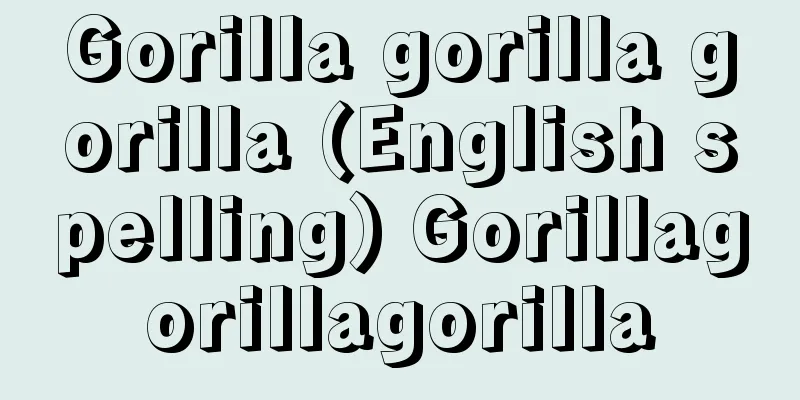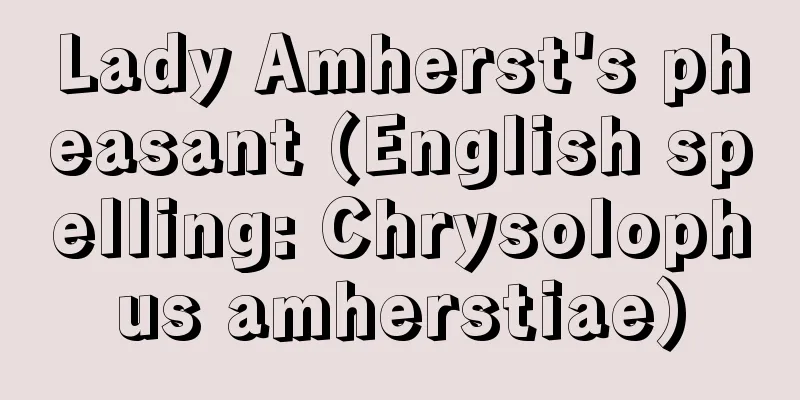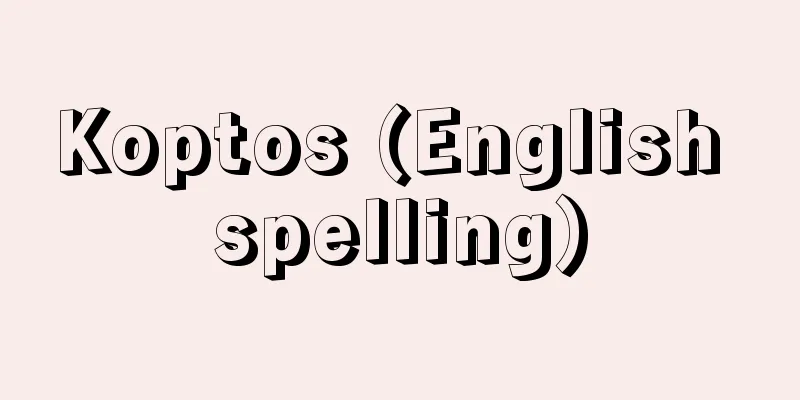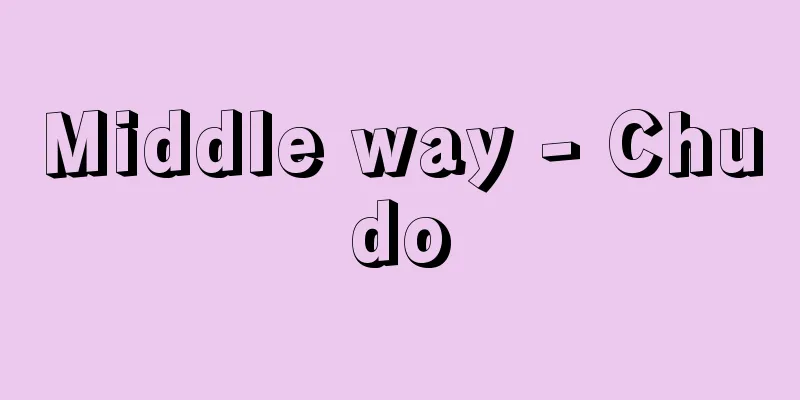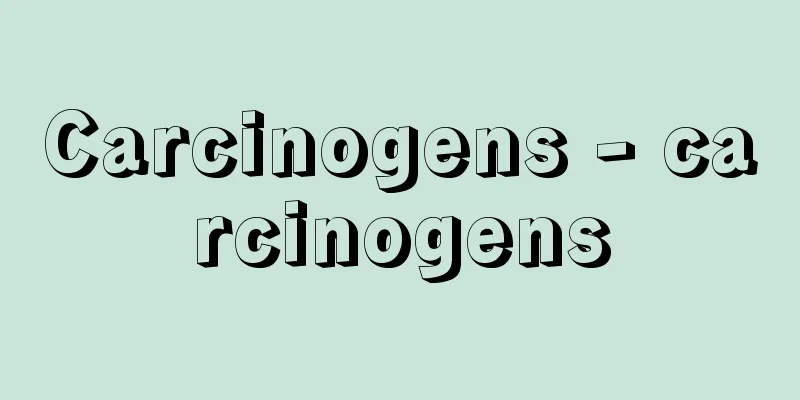Hallucination - genkaku
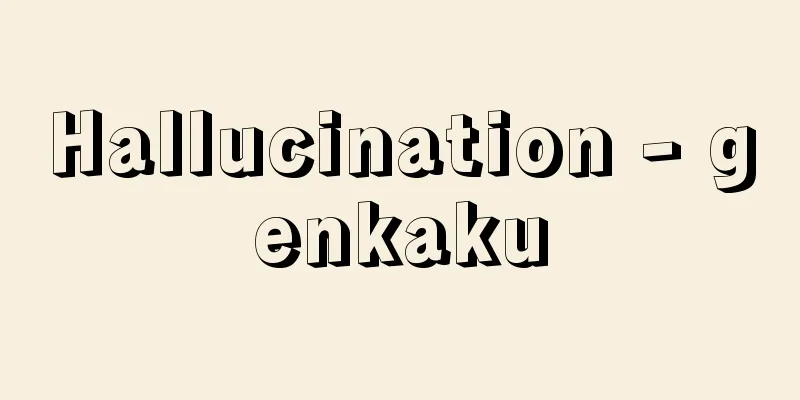
|
The definition of illusions and hallucinations in psychiatry, established in the 19th century, states that an illusion is the mistaken perception of an object, while a hallucination is a perception without an object. Hallucinations are therefore classified according to the classification of perception in perceptual psychology. In order of importance in clinical psychiatry, they include auditory hallucinations, visual hallucinations, olfactory (smell) hallucinations, gustatory hallucinations, somatic hallucinations, and tactile hallucinations. When two or more different hallucinations are experienced simultaneously, for example when a ghost is hallucinated and its words are hallucinated, this is sometimes called a joint hallucination. Next, we will discuss the various types of hallucinations seen in psychiatric or neuropathological abnormalities. (1) Peduncular hallucinations: These are hallucinations that occur when damage to the base of the brain, such as a tumor, occurs. The French school calls these hallucinations hallucinations when the sufferer is aware that their hallucinatory experience is abnormal. (2) Hypnopompic hallucinations: Even normal people can experience these when falling asleep or before waking up. (3) Dream-like states: Colorful narrative landscapes, such as the downfall of the world, the rebirth of the world, mystical or religious visions, etc. (4) More severe disturbances of consciousness, such as auditory hallucinations combined with delusions of pursuit (the so-called hallucination disorder of the German school) or confusing visual hallucinations associated with a delirium. (5) Hallucinations, especially visual hallucinations, associated with the use of drugs known as hallucinogens, such as mescaline, hashish, or LSD. (6) Hallucinations seen in schizophrenia and other mental illnesses. These are characterized by the absence of cerebral pathology or impaired consciousness and are of utmost importance from the standpoint of clinical psychiatry or psychopathology. The most common hallucination seen in schizophrenia is an auditory hallucination, followed by olfactory hallucinations, gustatory hallucinations, and somatic hallucinations. Moreover, these hallucinations are interrelated. For example, the French psychiatrist Guiraud states that all schizophrenic hallucinations are based on the alert instinct. Furthermore, schizophrenic hallucinations are closely related to delusions, and it is often difficult to distinguish between hallucinations and delusions. For example, the experience of an auditory hallucination in which someone else speaks to you is difficult to distinguish from the transmission of thoughts transmitted by others, and is further related to factitious thinking in which others force you to think something. Discussions have been held since the 19th century as to why auditory hallucinations are frequent in schizophrenia and visual hallucinations are rare, but from the above perspective, the characteristic of schizophrenic auditory hallucinations is not the hallucinatory nature of objectless perception, but the interpersonal situation in which others unilaterally bombard you with words. From this perspective, J. Zutt believed that the visual experiences that correspond to the auditory hallucinations caused by schizophrenia are not visual hallucinations but rather "experiences of the gaze" that are unilaterally showered upon us by others. As an example of a rare hallucinatory experience, self-image hallucinations are not limited to self-images seen in a mirror, but can also include self-images from several years to several decades into the future. Extraterrestrial hallucinations, which are hallucinations outside the field of vision, often involve things behind the patient, for example, a patient lying on his back hallucinating several white snakes under the bed or floor. [Koichi Ogino] The practice of some Native American peoples of taking certain mushrooms, cacti, and other hallucinogenic plants to induce hallucinations has been linked to religious experiences. Indigenous Huichol shamans in northern Mexico eat a cactus called peyote (Peyote oleracea) to seek a religious experience accompanied by hallucinations, while indigenous South American shamans often take tobacco or datura (a plant of the Datura genus) to become possessed by a god. Indigenous peoples living in the Amazon basin and Orinoco plains in Colombia take an alkaloid hallucinogenic plant called yaje during coming-of-age ceremonies, funerals, and other rites, and also use it in shamanistic rituals to treat illnesses. The plant is boiled for several hours before consumption, or it can be soaked in water and crushed, and the juice is consumed. Indigenous Tukano people in South America drink the juice of this plant to return to the "womb," the source of all things. They believe that through the hallucinations caused by this plant, people become one with the world in the creation of all things. They do not see this experience as a "hallucination," but rather believe that they have actually seen the origin of the universe, thereby becoming convinced of the truth of religion. [Teigo Yoshida] [Reference] | |Source: Shogakukan Encyclopedia Nipponica About Encyclopedia Nipponica Information | Legend |
|
19世紀に完成された精神医学における錯覚および幻覚の定義は、対象を誤って知覚する場合を錯覚というのに対して、幻覚は、対象なくして知覚する場合をいう。したがって幻覚の分類は、知覚心理学における知覚の分類に倣って記述された。臨床精神医学における重要度に従って記述すると、幻聴、幻視、幻嗅(げんきゅう)(幻臭)、幻味、体感幻覚、幻触などである。これらのうち、二つ以上の異なる幻覚が同時に体験される場合、たとえば幽霊が幻視され、そのことばが幻聴されるとき、これを共同幻覚とよぶことがある。 次に、精神医学的あるいは神経病理学的異常状態にみられる幻覚の諸様態について述べる。 (1)脳脚幻覚症 脳底部損傷、たとえば腫瘍(しゅよう)が生じたときに出現する幻視で、フランス学派が幻覚症hallucinoseというのは、その幻覚体験が異常であることを病者が自覚している場合をいう。 (2)半眠時幻覚 入眠時または覚醒(かくせい)前に正常人でも体験することがある。 (3)夢幻様状態 色彩豊かな物語的風景、たとえば世界没落、世界再生、神秘的・宗教的な幻視など。 (4)意識障害がさらに深刻になった場合、すなわち追跡妄想と結び付いた幻聴体験(ドイツ学派のいわゆる幻覚症Halluzinose) 譫妄(せんぼう)状態に伴う錯乱した幻視体験など。 (5)メスカリン、ハシシュ、LSDなど幻覚剤とよばれる薬物の服用に伴う幻覚、とりわけ幻視の体験。 (6)統合失調症(精神分裂病)およびその他の精神病にみられる幻覚 これは大脳病理ないし意識障害を欠いていることが特徴的であり、臨床精神医学ないし精神病理学の見地からはもっとも重要である。 統合失調症にみられる幻覚でもっとも頻発するものは幻聴であり、幻嗅、幻味、体感幻覚などがこれに続く。しかも、これらの幻覚は互いに関係しあっている。たとえばフランスのギローは、すべての統合失調症による幻覚を警戒本能に基づくと述べている。さらに統合失調症の幻覚体験は、妄想と密接に関連しあっており、しばしば幻覚と妄想は区別しがたい。たとえば他者が語りかけてくる幻聴体験は、他者が伝達してくる思考伝達と区別しがたく、さらには他者がしかじかのことを考えることを強制してくる作為思考と関連しあう。統合失調症においてなぜ幻聴が頻発し幻視が少ないのか、という議論が19世紀以来なされてきたが、以上の見地からすると、統合失調症による幻聴の特徴は対象なき知覚という幻覚性に存するのではなく、他者が一方的にことばを浴びせかけてくるという対人状況である。ツットJ. Zuttはこの見地から、統合失調症による幻聴に対応する視覚体験は、幻視ではなくて他者が一方的に浴びせかけてくる「まなざし体験」であると考えた。 なお、珍しい幻視体験例をあげると、自己像幻視は鏡に見る自己像ばかりでなく、数年から数十年後の自己像を幻視する場合もある。また視野の外を幻視する域外幻視は、しばしば背後のもの、たとえば仰臥(ぎょうが)した患者がベッドの下や床の下に数匹の白蛇を幻視する。 [荻野恒一] 特殊なキノコ、サボテンその他幻覚性植物を服用して幻覚を求める習慣がアメリカ大陸先住民の一部にみられるが、これは宗教的体験に結び付いている。 メキシコ北部の先住民ウィチョルHuicholのシャーマンは、ペヨーテpeyoteと称するサボテン(ウバタマサボテン)を食べ、幻覚を伴う宗教体験を求め、南アメリカ先住民のシャーマンは神がかりになるためにタバコやダトゥラ(チョウセンアサガオ属の植物)などを服用することがよくある。コロンビアのアマゾン流域とオリノコ平野に住む先住民は、ヤヘと称するアルカロイド性幻覚植物を、成人式、葬式、祭儀などのときに服用し、シャーマンの病気治療の儀礼にもこれを用いる。この植物は数時間煮てから服用したり、水の中に浸してつぶした汁を服用することもある。南アメリカの先住民トゥカノTukanoの人々は、この植物の汁を飲むのは、万物の源である「子宮」に戻るためであるという。この植物による幻覚を通じて、人々は万物の創造における世界と一体となると信じている。彼らはこの体験を「幻覚」とはみず、実際に宇宙の根源をみたと感ずることにより、宗教の真理を確信するという。 [吉田禎吾] [参照項目] | |出典 小学館 日本大百科全書(ニッポニカ)日本大百科全書(ニッポニカ)について 情報 | 凡例 |
Recommend
Mitsubishi Motors Corporation - Mitsubishi Motors Corporation
Mitsubishi-affiliated automobile manufacturer. Mit...
Sulfur monochloride
… [Disulfur dichloride] Chemical formula: S 2 Cl ...
Spuriopimpinella nikoensis (English spelling)
…[Murata Gen]. … *Some of the terminology that me...
Tan Yan Kǎi (English spelling)
1880‐1930 Chinese politician. Born in Chaling, Hun...
MODY - MODY
Maturity onset diabetes of the young : Type 2 diab...
Antara-kalpa (English spelling)
…Kalpa originally means a period of time, so in a...
The Republic of the Five Races (English: Wu-zu gong-he)
A slogan advocated during the Xinhai Revolution in...
Magnesia cement (English)
…Used for refractories, emergency construction, c...
Pyrrhocoris tibialis (English name) Pyrrhocoristibialis
…There are about 300 species in the world, and 8 ...
Sarabande (English spelling) sarabande French
A solemn triple-beat dance popular in Europe in t...
《Evil Spirit》
...The incident came to light, and about a month ...
Cerano (English spelling)
Around 1575 - 1632 Italian painter. His real name ...
retabular
…The Paliot (9th century) of the Church of Sant&#...
"Procession of the Prince"
...Her poetry evolved from the sweet poetry of he...
tamizdat
...After the fall of Khrushchev in 1964, the Poli...
